Sampa Misra
Ensemble Transfer Learning of Elastography and B-mode Breast Ultrasound Images
Feb 17, 2021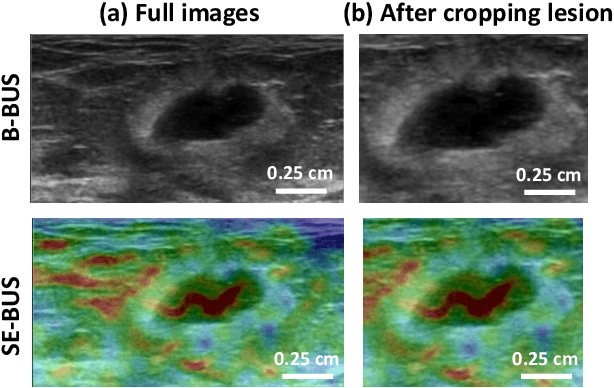
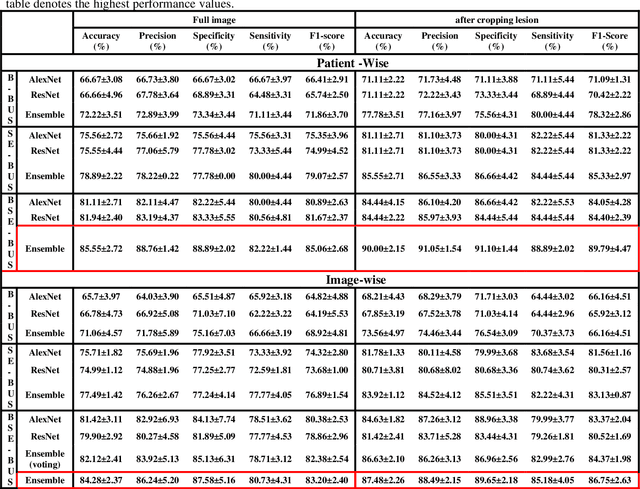
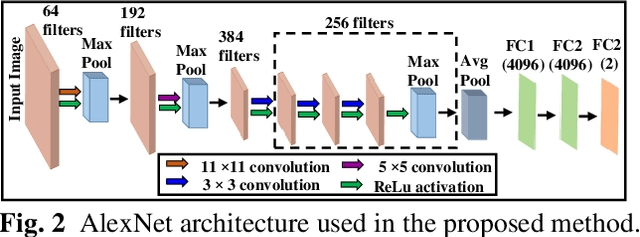

Abstract:Computer-aided detection (CAD) of benign and malignant breast lesions becomes increasingly essential in breast ultrasound (US) imaging. The CAD systems rely on imaging features identified by the medical experts for their performance, whereas deep learning (DL) methods automatically extract features from the data. The challenge of the DL is the insufficiency of breast US images available to train the DL models. Here, we present an ensemble transfer learning model to classify benign and malignant breast tumors using B-mode breast US (B-US) and strain elastography breast US (SE-US) images. This model combines semantic features from AlexNet & ResNet models to classify benign from malignant tumors. We use both B-US and SE-US images to train the model and classify the tumors. We retrospectively gathered 85 patients' data, with 42 benign and 43 malignant cases confirmed with the biopsy. Each patient had multiple B-US and their corresponding SE-US images, and the total dataset contained 261 B-US images and 261 SE-US images. Experimental results show that our ensemble model achieves a sensitivity of 88.89% and specificity of 91.10%. These diagnostic performances of the proposed method are equivalent to or better than manual identification. Thus, our proposed ensemble learning method would facilitate detecting early breast cancer, reliably improving patient care.
Multi-Channel Transfer Learning of Chest X-ray Images for Screening of COVID-19
May 12, 2020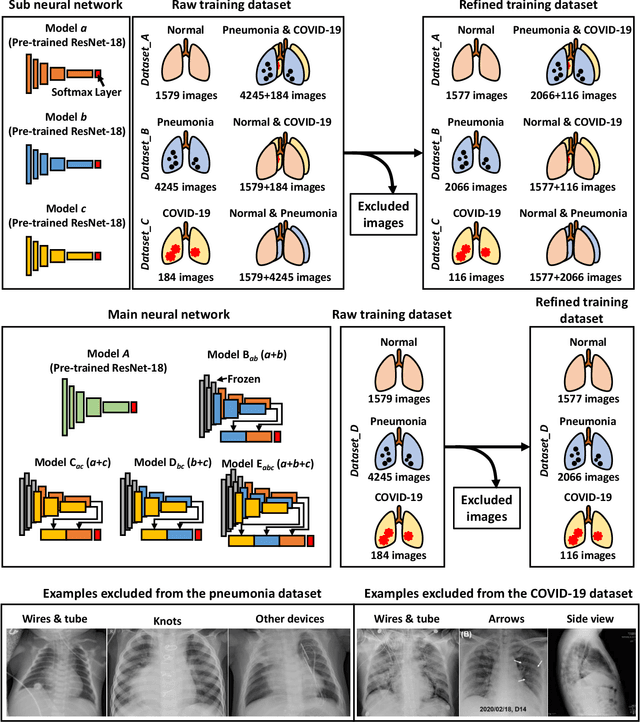
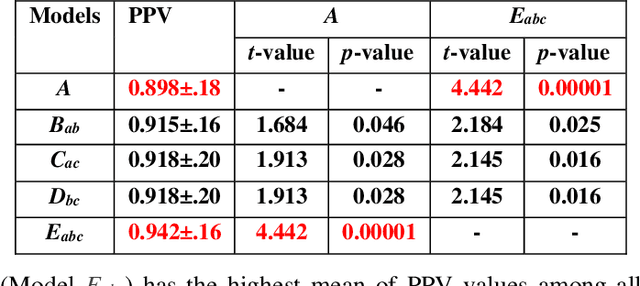
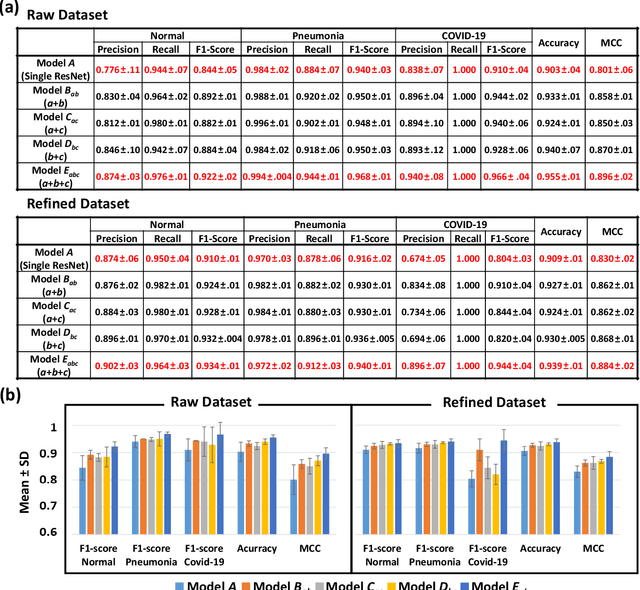
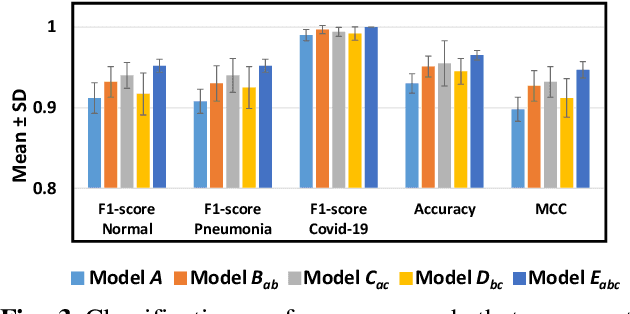
Abstract:The 2019 novel coronavirus (COVID-19) has spread rapidly all over the world and it is affecting the whole society. The current gold standard test for screening COVID-19 patients is the polymerase chain reaction test. However, the COVID-19 test kits are not widely available and time-consuming. Thus, as an alternative, chest X-rays are being considered for quick screening. Since the presentation of COVID-19 in chest X-rays is varied in features and specialization in reading COVID-19 chest X-rays are required thus limiting its use for diagnosis. To address this challenge of reading chest X-rays by radiologists quickly, we present a multi-channel transfer learning model based on ResNet architecture to facilitate the diagnosis of COVID-19 chest X-ray. Three ResNet-based models (Models a, b, and c) were retrained using Dataset_A (1579 normal and 4429 diseased), Dataset_B (4245 pneumonia and 1763 non-pneumonia), and Dataset_C (184 COVID-19 and 5824 Non-COVID19), respectively, to classify (a) normal or diseased, (b) pneumonia or non-pneumonia, and (c) COVID-19 or non-COVID19. Finally, these three models were ensembled and fine-tuned using Dataset_D (1579 normal, 4245 pneumonia, and 184 COVID-19) to classify normal, pneumonia, and COVID-19 cases. Our results show that the ensemble model is more accurate than the single ResNet model, which is also re-trained using Dataset_D as it extracts more relevant semantic features for each class. Our approach provides a precision of 94 % and a recall of 100%. Thus, our method could potentially help clinicians in screening patients for COVID-19, thus facilitating immediate triaging and treatment for better outcomes.
 Add to Chrome
Add to Chrome Add to Firefox
Add to Firefox Add to Edge
Add to Edge